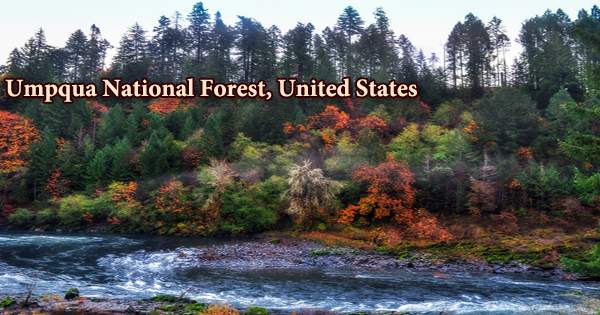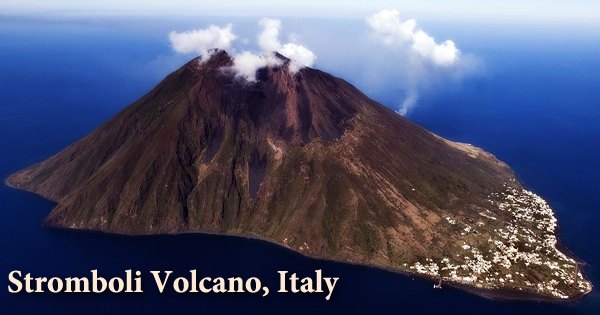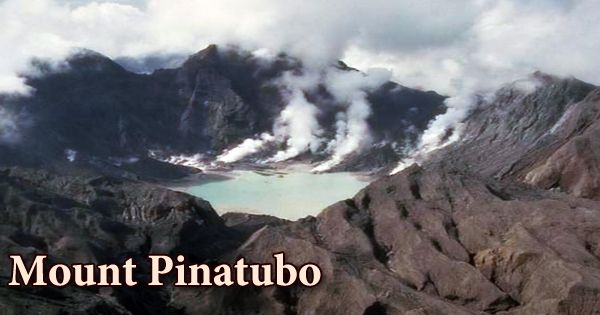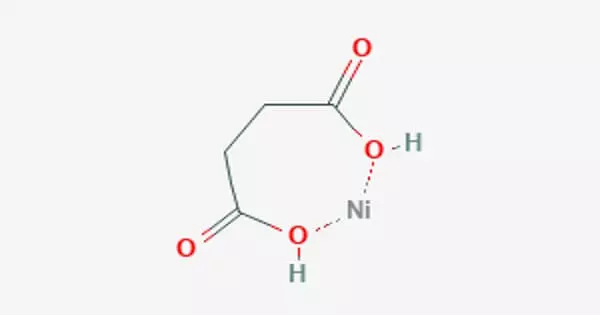The Archean Eon is a geologic eon that lasted from approximately 4.0 billion years ago to 2.5 billion years ago. The Archean Eon, also known as the Archaeozoic in older sources, is the second of Earth’s four geologic eons, following the Hadean Eon and preceding the Proterozoic. It spans a significant period in Earth’s history and is marked by significant geological and biological events.
The Archean period spans from 4,031 to 2,500 Ma (millions of years ago). During the Archean, the Earth was mostly a water world: there was continental crust, but much of it was submerged beneath an ocean deeper than today’s oceans. The Late Heavy Bombardment is thought to coincide with the start of the Archean. Except for a few trace minerals, today’s continental crust is Archean in age. Much of the Archean’s geological detail has been destroyed by subsequent activity. At the end of the eon, the Huronian glaciation occurred.
The composition of the Earth’s atmosphere was also vastly different from that of today: it was a reducing atmosphere rich in methane and deficient in free oxygen. The earliest known life began in the Archean and remained simple prokaryotes (archaea and eubacteria) throughout the eon, mostly represented by shallow-water microbial mats called stromatolites. The first photosynthetic processes, particularly those of early cyanobacteria, appeared in the mid/late Archean, resulting in a permanent chemical change in the ocean and atmosphere after the Archean.
Here are some key features and events associated with the Archean Eon:
- Formation of Earth: The Archean Eon begins approximately 4.6 billion years ago with the formation of the Earth. The Earth was still cooling and solidifying after its initial formation during this time.
- Formation of Continents: The early Archean period saw the formation of proto-continents as a result of volcanic activity and crustal material accumulation. These proto-continents grew in size over time due to processes such as volcanic activity and tectonic processes.
- Early Atmosphere: The atmosphere during the Archean Eon was not the same as it is today. It most likely contained methane, ammonia, and water vapor. These gases are thought to have caused a greenhouse effect, which helped to keep the Earth warm.
- Formation of Oceans: Water vapor in the atmosphere began to condense, leading to the formation of liquid water on the Earth’s surface. This marked the beginning of the formation of oceans.
- Origin of Life: While there is no direct evidence of life from the Archean Eon, the conditions during this time are believed to have been suitable for the emergence of simple life forms. The oldest known rocks with evidence of life, such as microbial mats and stromatolites, date back to the later part of the Archean.
- Impact Events: Several asteroid and comet impacts occurred during the Archean period, resulting in the formation of impact craters. These impacts had major geological consequences.
The activity of early life forms, such as cyanobacteria, changed the composition of the atmosphere over time. Through photosynthesis, these organisms produce oxygen, resulting in the gradual oxygenation of the atmosphere. The Archean Eon laid the groundwork for the evolution of more complex life forms in subsequent eons. It represents a watershed moment in Earth’s history when fundamental geological and biological processes laid the groundwork for the diverse and dynamic planet we know today.
















